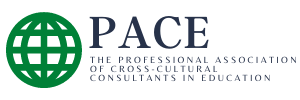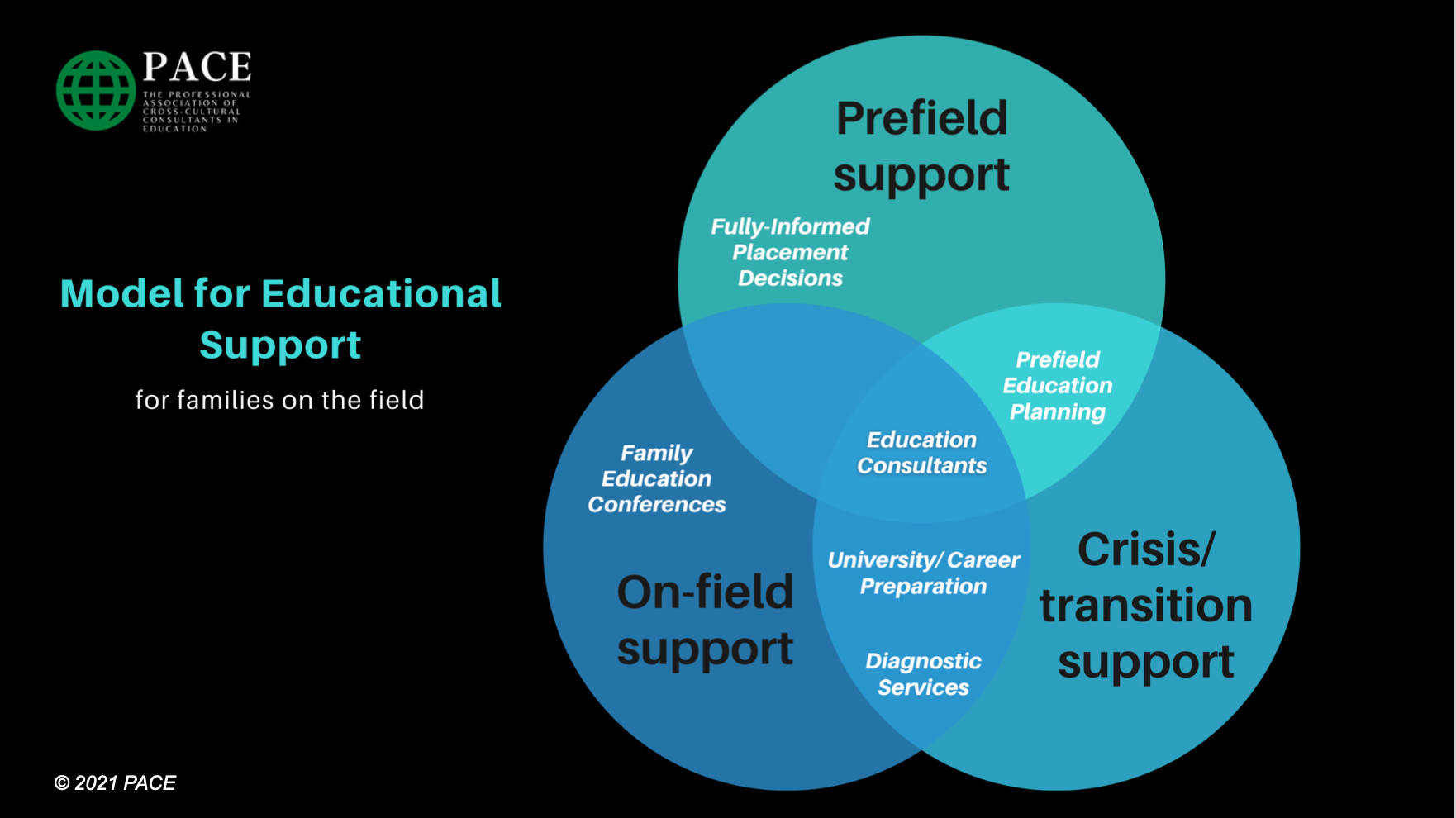In March, many education consultants gathered in person at the MK Education Summit near Atlanta…
A Review/Summary of “Different Learners” by Jane M. Healy
[author][author_info]This is the first half of a review of “Different Learners: Identifying, Preventing, and Treating Your Child’s Learning Problems” (2010) by Jane M. Healy, Ph.D. Our guest blogger is Melissa Shipman, Executive Director of PACE and a teacher of children with special needs for over 10 years. Melissa lives in Georgia, USA with her husband and two young girls.[/author_info] [/author]
 This book resonated with me for a number of reasons. There was a solid research base behind the author’s assertions – well-known experts, rich citations and a full bibliography. While the author’s conclusions might not be earth-shattering, I find that the tenets offered here are adhered to seldom in modern day life, and the book offered great information about why these recommendations were made.
This book resonated with me for a number of reasons. There was a solid research base behind the author’s assertions – well-known experts, rich citations and a full bibliography. While the author’s conclusions might not be earth-shattering, I find that the tenets offered here are adhered to seldom in modern day life, and the book offered great information about why these recommendations were made.
Three quotes from the book reflect why I think this is important information.
“Learning problems are fundamentally about a mismatch between the child and the learning environment.”
“I would quite willingly hazard a guess that as many as ¾ of so-called learning disabilities are actually a mis-match between the child’s natural modes of learning and the way that material is presented in school.”
“Raising children today has become a battle to preserve healthy common sense in an out-of-control world.”
In part one, “Brain Crisis: Problems and Possibilities,” Healy writes, “Our culture is sick and our children are getting the diagnosis.” She pulls together research from the Journal of the American Medical Association that suggests that the dramatic growth of certain learning struggles cannot be simply attributed to changes in our gene pool, and that factors such as the following are also responsible:
- Less time & energy to nurture children from parents
- More parents working away from home
- Increased parental stress
- Decreased social/family support for parents
- More TV and other media
- Decreased physical activity, outdoor time
- More fast food
- Unsafe neighborhoods
Healy also writes that boys are at a greater risk for almost every learning problem, while acknowledging that girls may be overlooked because their issues may cause less trouble in the classroom.
The author identifies the red flags for delays in language development, and writes: “The best readers seem to “listen” to print as if they were hearing it in their heads, while poorer readers are trying to do it all with their eyes.”
I found her discussion of ADHD to be very refreshing. She reveals that the majority of ADHD research is financed by the pharmaceutical industry, “which naturally has an interest in promoting both the disorder and its medications.” The author cites the work of Dr. Greenspan, renowned for his Floor Time therapy, and a believer that many learning problems can be decreased by focusing on what he calls “emotional connectedness.” Healy discusses extensively how anxiety can look like ADHD, and lists what she calls “brain assaults” that result impact the executive functioning (which impacts all the hallmark behaviors of ADHD) of a child:
- Inadequate sleep
- Excess stress
- Toxins
- Too much media
- Inadequate exercise
- Disorganized/stressful home life
- School structures
- inept/unresponsive parenting
Healy also writes, “When analyzing what is going wrong with a child’s learning, it is a mistake to look for a problem only within the child.”
Next week: Part Two of the book, titled “Your Unique Child”
What implications does this have for education consultants?
Do MKs have anxiety?
Do some MKs lack emotional connectedness?
How do we as consultants help to look for problems outside of the child?
© 2012-2023 PACE
All rights reserved


